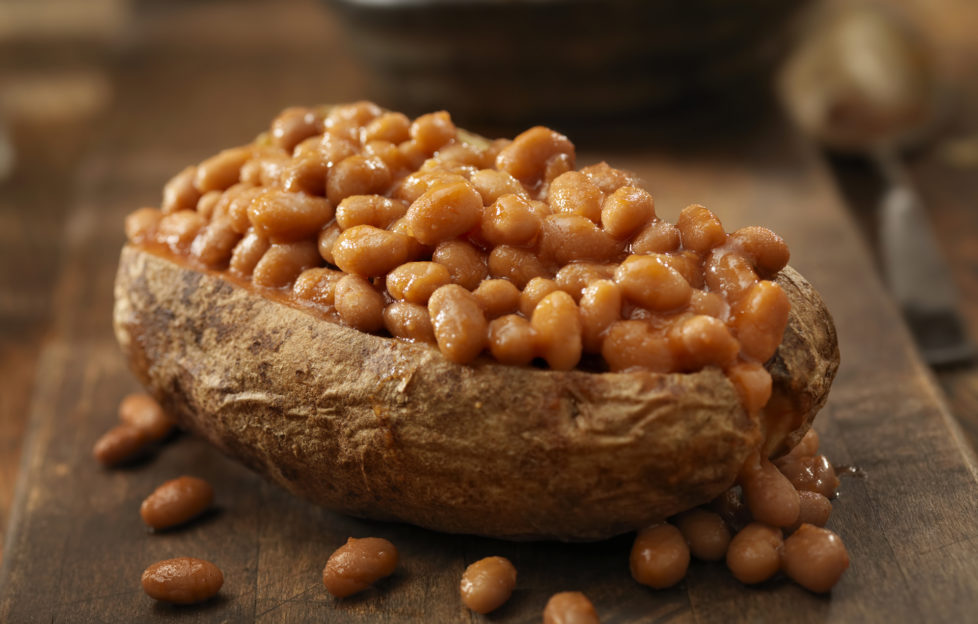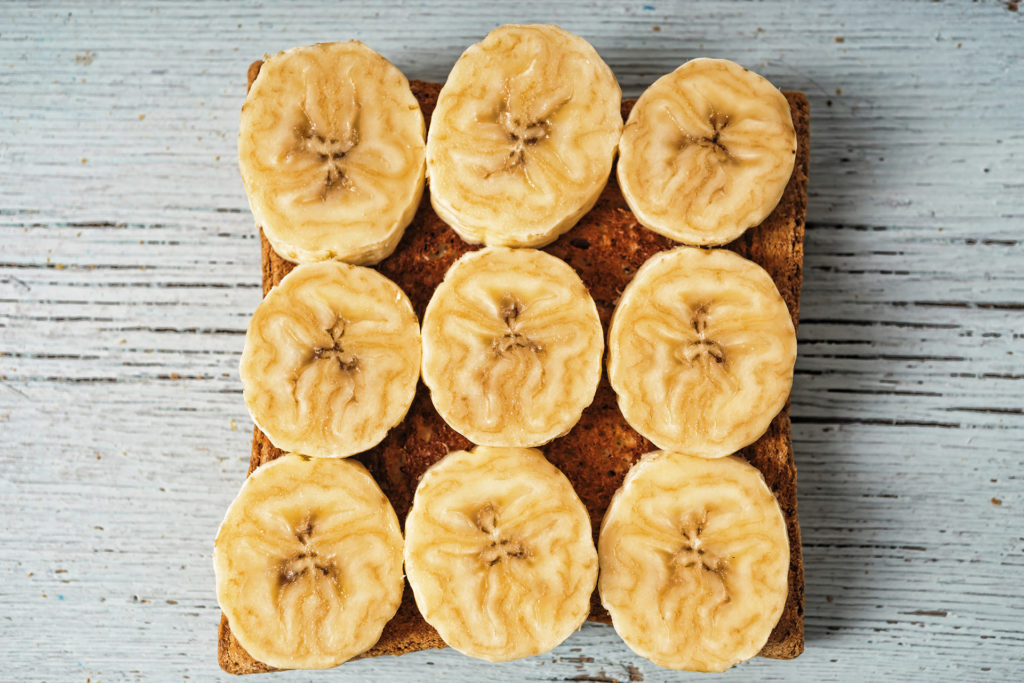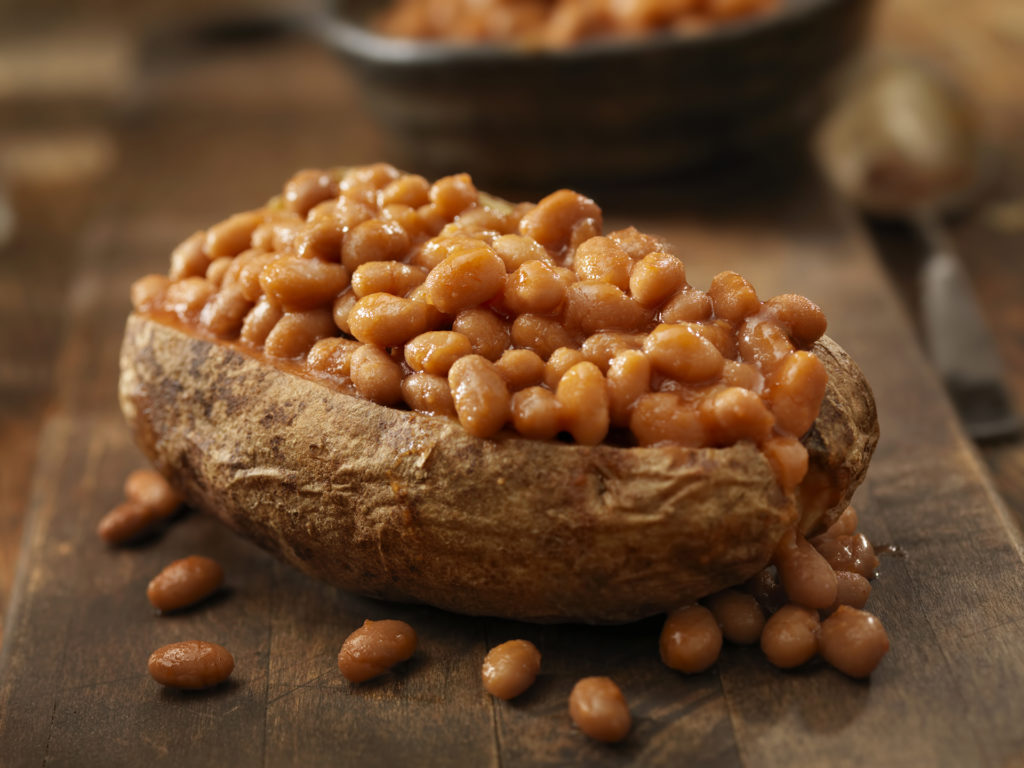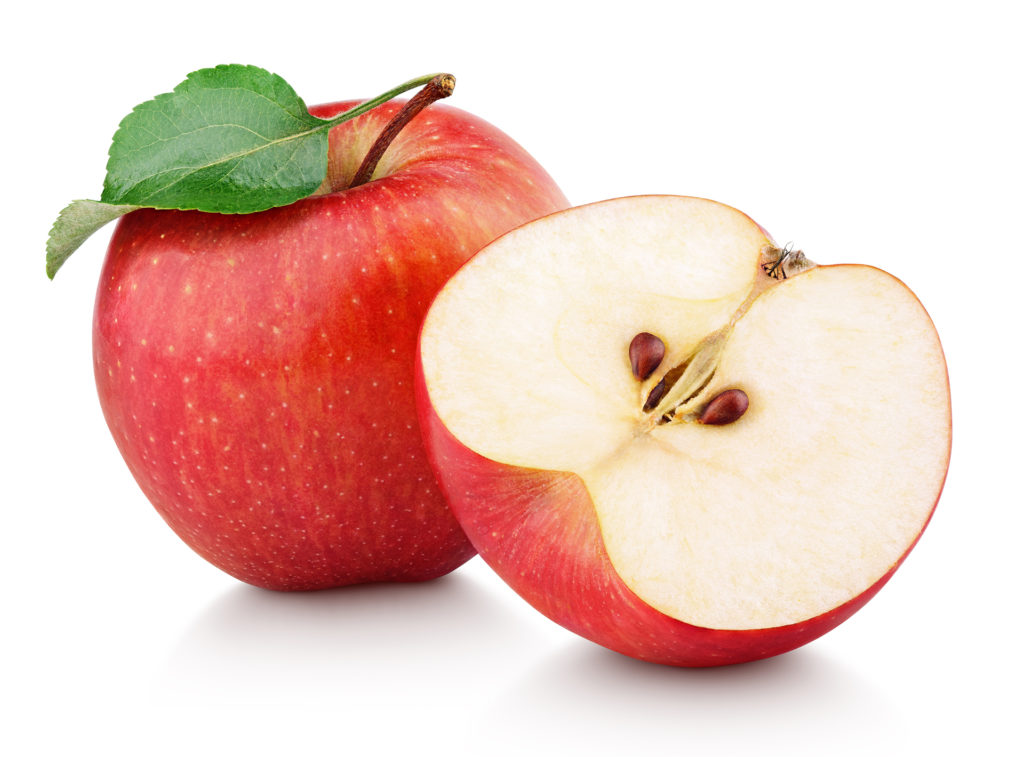Are You Getting Enough Fibre?


Hala El-Shafie is the founder and creator of the Nutrition Rocks lifestyle and nutrition team that helps to inspire both men and women from all backgrounds to eat better for health whilst supporting them to ‘Rock’ a positive body image.
A new study supported by the World Health Organisation has found that a higher dietary fibre intake is associated with a reduced risk of several chronic diseases including heart disease, type 2 diabetes and colorectal cancer. The study found that the more fibre people consumed the lower the risk of developing a chronic disease, with 25-29g per day showcasing the greatest benefits.
Dietitian Hala El-Shafie says: “This research joins a body of existing research in this area. Most of us know that fibre is good for us, and this is just further confirmation that we really should be eating more of it – and luckily we have lots of foods to choose from.”
This research builds on a body of evidence to support the benefits of dietary fibre on reducing the risk of developing heart disease. In 2015 the Scientific Advisory Committee on Nutrition (SACN) published a report entitled ‘Carbohydrates and Health’ which recommended that we should be getting around 50% of our calories from carbohydrate each day, and the dietary reference value (recommended amount) for the average population intake of dietary fibre for adults should be 30g per day.
However, dietary survey data published in 2018 shows that the average consumption of fibre in the UK is still well below this recommendation, with only 13% of men and 4% of women meeting the target of 30g per day.
Dietitian Hala El-Shafie shows it doesn’t have to be that complicated to get your recommended fibre intake:
Breakfast – 2 slices of wholemeal toast (4g) with 1 banana (1.4g) – 5g fibre
“If you have toast for breakfast, opt for wholemeal bread, it contains more than double the fibre per slice, so is an easy way to boost your fibre intake. Porridge or overnight oats are also a great way to boost your fibre. A serving of porridge contains around 3g of fibre and is a great vehicle for adding extra dried or fresh fruits, nuts and seeds to bump up the fibre content even more!”
Mid-morning snack – A handful (28g) of almonds – 4g fibre
“Almonds are a super easy mid-morning snack to help keep you going and increase your fibre intake at the same time. Another bonus is that they have a long shelf-life, so you can keep them in a pot in your desk draw or handbag for a quick and tasty fibre hit. As well as being packed with fibre, almonds contain healthy fats such as linoleic acid, which contributes to the maintenance of normal cholesterol levels. A recent study found that eating almonds results in significant reductions in total cholesterol, ‘bad’ HDL cholesterol and triglycerides while having no impact on the ‘good’ LDL cholesterol.”
Lunch – Baked potato with the skin (3g) and a 200g serving of baked beans (10g) – 13g fibre
“Potatoes often get the cold shoulder, which is totally unfair! A medium baked potato with the skin on contains around 2.6g fibre. Add a serving of reduced salt and sugar baked beans for a classic combination which packs a punch in the fibre department and counts as one of your 5-a-day too!”
Afternoon snack – Apple with the skin – 4g fibre
“Fruits and vegetables contain lots of nutrients and contribute to your fibre intake too. Apples, bananas and oranges are easy, portable snacks which all contain around 3-4g fibre per portion. Keep the skin on apples as that’s where most of the fibre is found.”
Dinner – Chilli con carne (6g) with a 125g serving of wholegrain rice (3g) – 9g fibre
“Chilli con carne is a super quick dinner that you can batch cook and store in the freezer for those busy days. It’s also really easy to add in extra fibre. You can swap out minced beef for lentils, or additional beans to make it veggie-friendly too. Pair with some wholegrain rice and you’ve got a wonderfully tasty fibre-rich meal.”
Total = 35g
Hala says: “Upping your fibre intake really doesn’t need to be complex and the more you eat, the more you reap the rewards. Start by making simple swaps such as choosing wholegrain breads, pastas and rice or making a handful (28g) of almonds your go-to snack. You may want to slowly up your fibre with small steps as a sudden increase may cause a bit of abdominal discomfort.”







